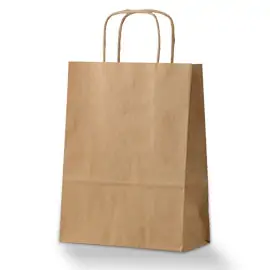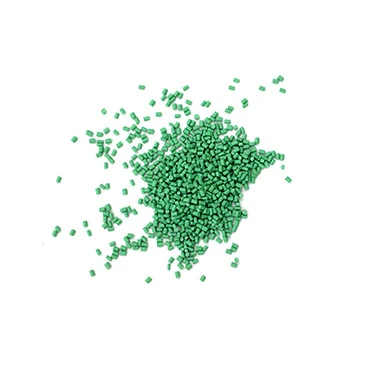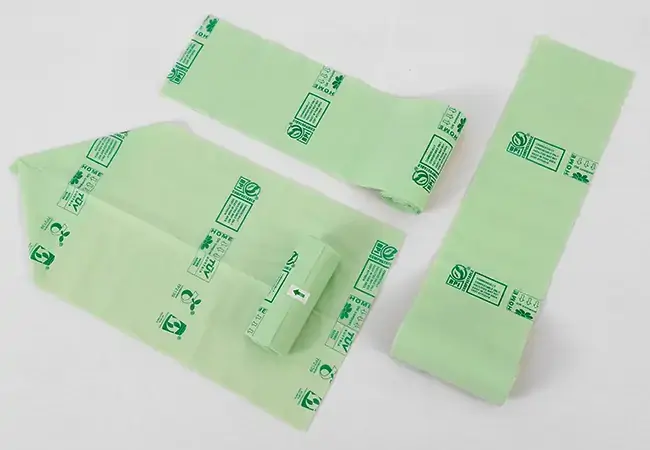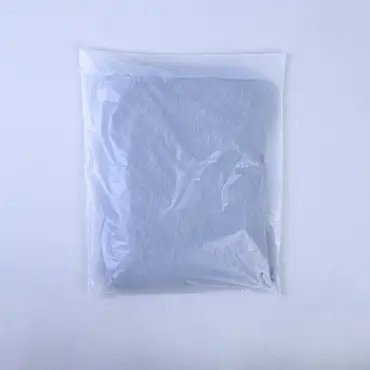Paper bags are widely used in supermarkets, bakeries, cafes, and delicatessen counters. However, will their wide applications affect the natural environment? Let’s dive into the world of paper bags to explore their types, compostability, and how to compost them.
Types of Paper Bags
There are multitudinous paper bags with the development of production. According to the type of paper, there are coated art paper bags, kraft paper bags, white cardboard paper bags, white board paper bags, and black cardboard bags.
-
Coated art paper bags
Coated art paper bags, known as art paper bags, feature good gloss and high smoothness, which can make the printed image more three-dimensional. Once they get wet, it is easy to break.
-
Kraft paper bags
Kraft paper bags are usually brown, but there are also white and other colors. These bags have strong toughness and moisture resistance so that they can load and carry relatively heavy goods.

-
White cardboard paper bags
White cardboard paper is made of high-quality wood pulp. This kind of paper is thick and sturdy. In addition, it is not prone to wrinkles with high smoothness. White cardboard paper bags are considered high-grade and suitable for high-end clothing or goods.
-
Whiteboard paper bags
Whiteboard paper is generally white and smooth on the front and gray on the back. Its high strength allows whiteboard paper bags to load and carry a certain weight of goods.
-
Black cardboard bags
Obvious and easy to know that black cardboard bags are black and not suitable for printing colorful content. But they can be applied to hot stamping and silver stamping processes. They have the advantage of being strong and thick and have high resistance to bending.
What are Paper Bags Made of?
Paper bags are commonly made of wood pulp, plant starch, lactic acid, or soy protein. The sources of wood pulp are logs and recycled waste paper, which are all taken from forest resources. Plant-based bags are typically made from cornstarch, potato starch, sweet potato starch, etc. Considering the cost, most paper bags on the market are made from wood pulp. To improve water and oil resistance, many paper bags are attached with a film.
Which Paper Bags Can Be Composted?
Most of the paper bags can be composted due to their biodegradable and compostable raw materials. After multiple uses, the recycling treatment plant will recycle and dispose of them as paper that can be reused to produce items. When encountering those bags that are difficult to dispose of, the waste disposal factory will put them into composting bins and make them break down into nutrient soil called compost.
However, not all paper bags can be composted. Compostable bags need a certain condition to break down and follow certain principles. The conditions under which composting can be carried out are certain temperatures, humidity, and the action of microorganisms. Generally speaking, a temperature of 40-60 degrees Celsius is optimal. The moisture content of the compost material needs to be controlled at about 60% to 75%. If any of these conditions are not met or missing, the results of composting are not ideal. Besides, the compost material needs to be shredded into small pieces to speed up the decomposition. In terms of the principles, they must be free of heavy metals and other harmful substances. Thus, it can be seen that paper bags containing heavy metals and harmful inks should not be composted. For those paper bags with composite materials, it is necessary to combine the compostability of their synthetic materials to see whether the whole bag is compostable.
How to Compost Paper Bags: 4 Basic Steps for Composting
-
Remove non-compostable waste
Not all waste can be thrown into the compost device. For example, dairy products and meat are not good for composting. If you want to dispose of a bag of taking-away meals, make sure you clean it before putting it in the compost heap.
-
Shred the paper
Many people use paper bags to collect other scraps and throw them directly into compost bins. However, it is advisable to shred the paper first, which will help speed up the decomposition process. Moreover, this helps all the materials inside to mix correctly with each other.
-
Mix the materials in proportion
Generally speaking, composting requires a suitable carbon-to-nitrogen ratio, with 25 to 1 being optimal. Hay and leaves can provide nitrogen. Carbon is provided by paper and food scraps. Mixing compost material with carbon and nitrogen in a certain proportion can speed up fermentation and promote decomposition.
-
Flip the compost material
After about a week, some of the material in the compost pile broke down. But there are still some that have not yet been broken down. At this point, you need to turn over the compost waste to ensure that oxygen enters to speed up the decomposition. Later, if the compost is not completed, it needs to be flipped again until the entire material has broken down.
Summary
All in all, there are a variety of factors to consider whether or not a paper bag can be composted. In summary, all materials of the bag are compostable and free of heavy metals and other harmful substances. Now that you know which paper bags are compostable, it’s important to learn more about how to compost them. After learning about composting related to paper bags, I believe you will be more inclined to choose biodegradable and compostable paper bags to practice a sustainable lifestyle.







